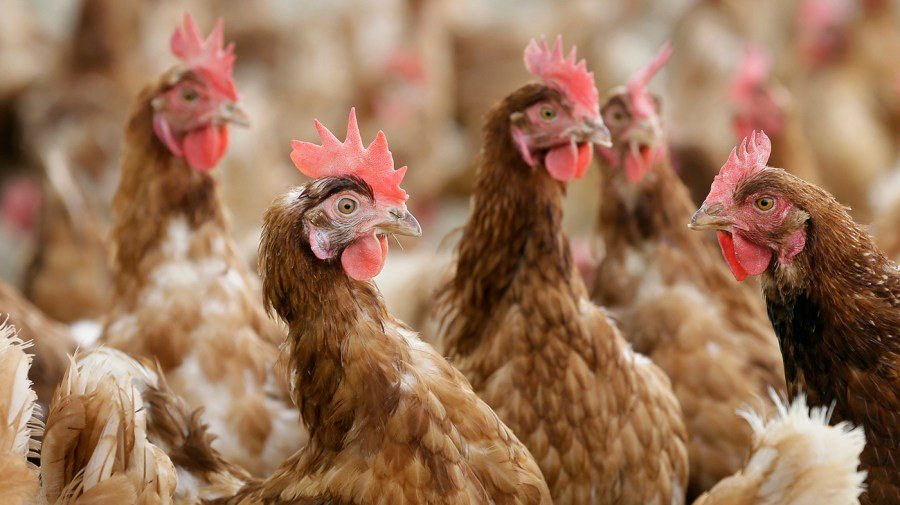
It’s been five years since the start of a zoonotic COVID-19 pandemic that killed millions of people. Now, the United Nations is urging member governments to take coordinated action to address the “unprecedented” spread of highly pathogenic bird flu — a threat to health, food security, biodiversity and more. The world has reached an inflection point, another chance to do what is needed to prevent a health crisis.
This will either be remembered as the moment we failed to save lives or the moment we finally reckoned with the dangers of factory farming and our mass exploitation of animals.
The warning from the U.N.’s Food and Agriculture Organization came on March 17, the same day the a new U.S. outbreak of dangerous H7N9 bird flu was reported. Since it first emerged in 2013, the strain has a nearly 40 percent mortality rate in humans, translating to 616 human deaths in China.
Despite troubling signs that the virus is mutating and could become more transmissible, the U.S. Department of Agriculture’s $1 billion strategy to fight bird flu is likely to create more danger, as the federal agency funnels $400 million into factory farms as reimbursements for chickens lost. In so doing, it is propping up the very industry fueling the spread of zoonotic disease.
Since early 2022, nearly 170 million farmed birds have died or been killed in the U.S. due to bird flu outbreaks, equivalent to roughly half the country’s human population. Just since last year, 70 human cases have been reported, the majority of which resulted from direct exposure to livestock. Three came from unknown sources.
We already know that 75 percent of emerging human pathogens are zoonotic. Thus, by farming animals in the billions, we are playing with fire. Factory farms confine thousands of animals into unsanitary facilities, where workers are often left unprotected from disease.
While some have blamed wild birds for the presence of bird flu on large-scale farms, it is more likely that failures to prevent diseases from spreading on farms are the real culprits. Furthermore, research has shown that ventilation systems on factory farms may be fueling airborne transmission of bird flu; scientists are currently tracking wastewater from these intensive operations as a potential avenue for the virus’s spread. The hazards of factory farms themselves are compounded by the clearing of forests for animal agriculture, which diminishes planetary resilience and pushes humans and wildlife into ever closer contact and toward a higher risk of disease transmission.
Rather than protecting the public, the U.S. government remains focused on bolstering corporations and lowering egg prices, which, according to a recent report, have likely been artificially inflated by agribusiness titans taking advantage of consumers.
As the USDA bails out animal agriculture and Health and Human Services Secretary Robert F. Kennedy Jr. suggests that the nation allow bird flu to spread through its poultry industry, it is critical that a country in which 99 percent of all farmed animals are kept on factory farms begin taking this escalating threat seriously.
To protect the health of animals and humans, the Trump administration should quickly shift support away from factory farming in favor of a safer and more sustainable plant-based food system. Otherwise, we could be reflecting on an even deadlier pandemic five years from now.
As Mark Twain said, “History doesn’t repeat itself, but it often rhymes.”
Gene Baur is president and co-founder of Farm Sanctuary, the world’s premier farm animal sanctuary and advocacy organization, and author of the books “Farm Sanctuary: Changing Hearts and Minds About Animals and Food” and “Living the Farm Sanctuary Life.”


